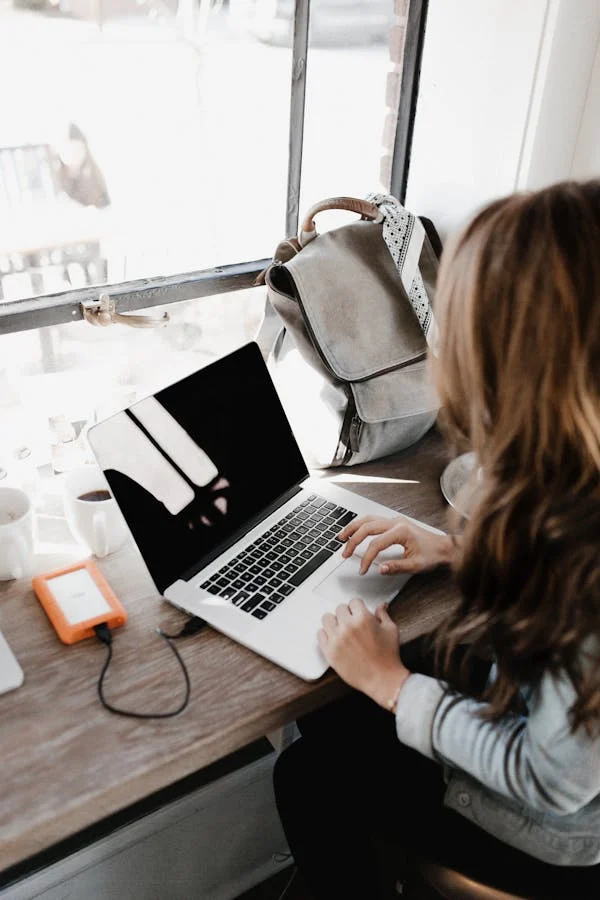Screen protectors are essential accessories designed to safeguard the delicate displays of our smartphones, tablets, and other electronic devices. They provide an additional layer of protection against scratches, smudges, and even impact damage, preserving the pristine condition of your device’s screen. This comprehensive guide explores the different types of screen protectors available, their benefits, tips for installation, and how to choose the best option for your device.
Types of Screen Protectors
Tempered glass screen protectors are highly durable and offer excellent scratch resistance. They are made from multiple layers of specially treated glass that undergoes a heating and rapid cooling process to increase strength. Tempered glass protectors provide clarity, responsiveness, and a smooth touch experience, mimicking the feel of your device’s original screen.
PET Film Screen Protectors
PET (polyethylene terephthalate) film screen protectors are thin, lightweight, and flexible. They adhere directly to the screen and provide basic protection against scratches and minor impacts. PET film protectors are affordable and easy to install, although they may not offer the same level of durability and clarity as tempered glass protectors.
Liquid Screen Protectors
Liquid screen protectors are applied as a liquid solution that bonds with the device’s screen on a molecular level. They create an invisible layer that enhances scratch resistance and can repel fingerprints and smudges. Liquid protectors are typically thinner than tempered glass or PET film and are suitable for curved screens or devices with unique shapes.
Benefits of Using Screen Protectors
Screen protectors act as a sacrificial layer, absorbing scratches and preventing them from reaching the device’s screen. They help maintain the pristine appearance of your device and preserve its resale value.
Impact Resistance
Tempered glass screen protectors, in particular, offer enhanced impact resistance, reducing the risk of cracks or shattered screens from accidental drops or impacts.
Smudge and Fingerprint Resistance
Certain screen protectors are designed with oleophobic coatings that repel oils, fingerprints, and smudges. This keeps the screen cleaner and makes it easier to wipe away residue without affecting touch sensitivity.
Tips for Installing Screen Protectors
Before applying a screen protector, clean the device’s screen thoroughly using a microfiber cloth and a screen cleaning solution to remove dust, fingerprints, and oils. Any particles left on the screen can create bubbles or affect the adhesion of the protector.
Align Carefully
Align the screen protector with the device’s screen edges and cutouts (such as for the front-facing camera or sensors) to ensure a perfect fit. Use guide stickers or alignment trays provided with the protector to achieve precise placement.
Apply Gently and Smooth Out Bubbles
Once aligned, gently press the screen protector onto the screen from the center outwards using a soft cloth or squeegee. Smooth out any bubbles that may appear during application to achieve a seamless finish.
Allow for Cure Time
If using a liquid screen protector, follow the manufacturer’s instructions regarding cure time. Allow the solution to fully bond with the screen before using the device or applying additional layers for optimal protection.
Choosing the Best Screen Protector
Select a screen protector that is specifically designed for your device model to ensure compatibility with its screen size, shape, and features (such as curved edges or notches).
Material and Features
Consider the material (tempered glass, PET film, or liquid) and additional features such as anti-glare coatings, privacy filters, or blue light filters based on your usage preferences and protection needs.
Customer Reviews and Ratings
Read customer reviews and ratings to gauge the performance, durability, and ease of installation of different screen protectors. Choose reputable brands known for quality products and customer satisfaction.
Conclusion
Screen protectors are indispensable accessories that help preserve the integrity and usability of our electronic devices, especially smartphones and tablets. Whether you opt for the durability of tempered glass, the affordability of PET film, or the versatility of liquid solutions, screen protectors provide essential protection against scratches, impacts, and smudges. By understanding the types of screen protectors available, their benefits, and tips for installation, you can confidently choose and apply the best screen protector for your device. Protect your investment, maintain screen clarity, and ensure long-term usability with the right screen protector tailored to your device’s specific needs.

